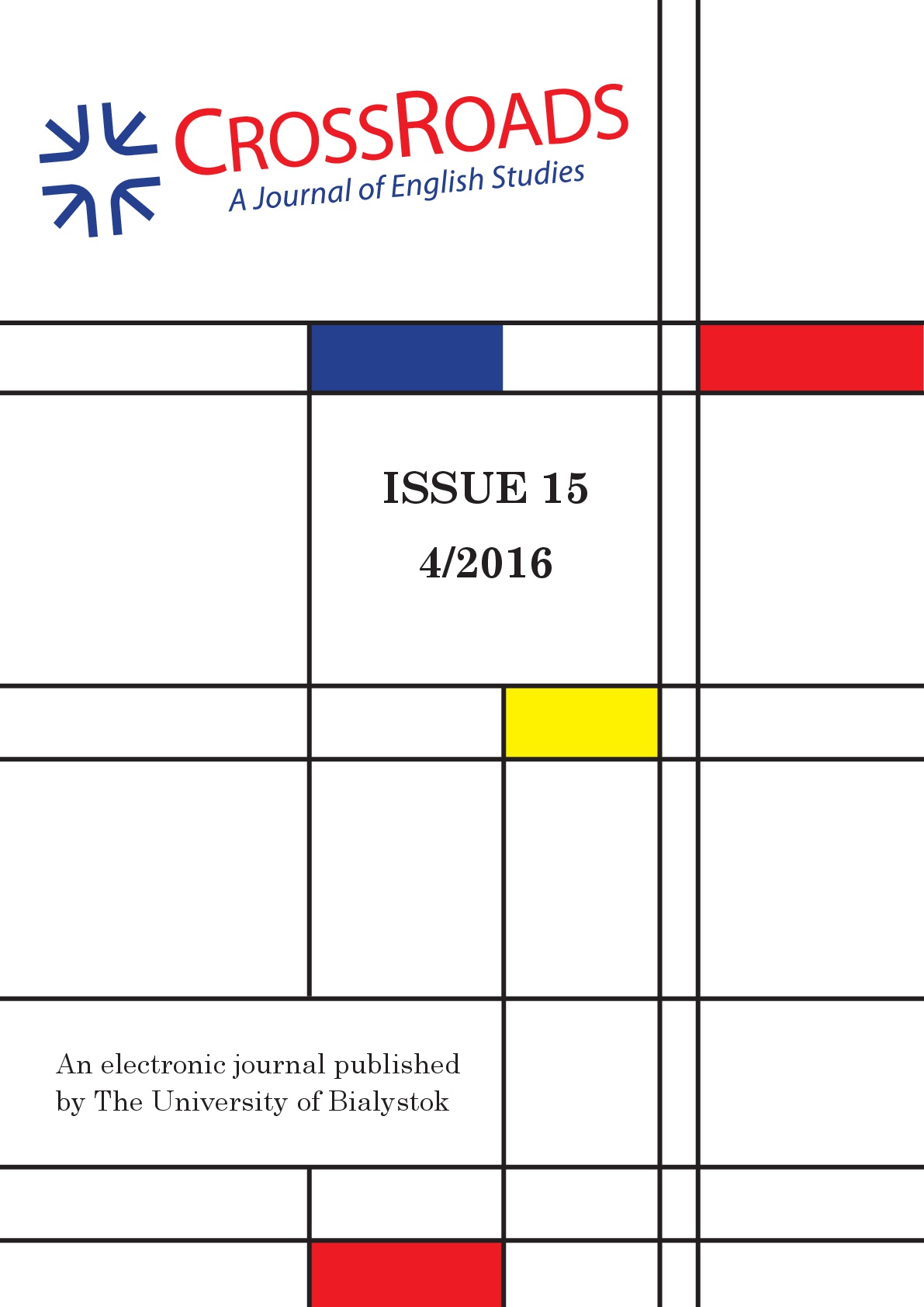Testimonies of absence: Trauma and forgetting in The Buried Giant by Kazuo Ishiguro
Testimonies of absence: Trauma and forgetting in The Buried Giant by Kazuo Ishiguro
Author(s): Edyta Lorek-JezińskaSubject(s): Studies of Literature, Theory of Literature
Published by: Wydział Filologiczny Uniwersytetu w Białymstoku
Keywords: trauma; memory; forgetting; post-apocalypse; Kazuo Ishiguro;
Summary/Abstract: In their Testimony: Crises of Witnessing in Literature, Psychoanalysis and History, Felman and Laub associate the trauma narrative with a gap or omission: “The victim’s narrative – the very process of bearing witness to massive trauma – does indeed begin with someone who testifies to an absence, to an event that has not yet come into existence, in spite of the overwhelming and compelling nature of the reality of its occurrence” (Felman and Laub, 57). The event in which the traumatic experience is located cannot be accessed directly, but, as Caruth argues, “only in and through its inherent forgetting” (Caruth, 8). The Buried Giant by Kazuo Ishiguro begins with a hiatus expressed in the main character’s (Axl’s) realisation of the missing past that has disappeared from people’s memory. Embarking on a journey that proceeds across geographical and historical space, the narrative delves into private mental topographies and the post-apocalyptic debris. By trying to make sense of the landscape troubled by “inherent forgetting” and simultaneously testifying to “massive trauma”, the narrative of Ishiguro’s novel reveals the double process of coming to terms with loss and (the perpetrator/victim’s) traumatic experience. My objective is to examine the story of The Buried Giant as an instance of trauma narrative starting with an absence and a melancholic text revealing the complexity of the mourning process. In my study I primarily draw upon the narrative theories of trauma and its latency (Felman and Laub, Caruth), as well as the psychoanalytic concepts of incorporation and introjection (Abraham and Torok) to investigate the narrative and conceptual structures of loss in the novel.
Journal: Crossroads. A Journal of English Studies
- Issue Year: 2016
- Issue No: 04 (15)
- Page Range: 42-51
- Page Count: 10
- Language: English

